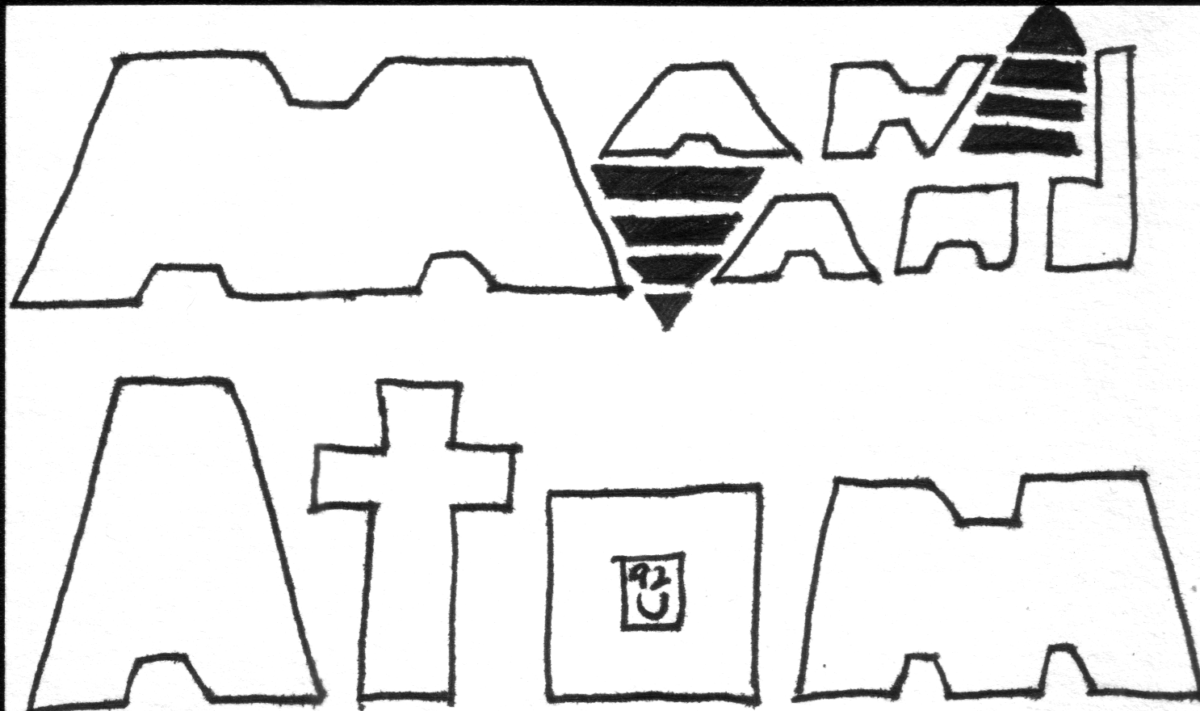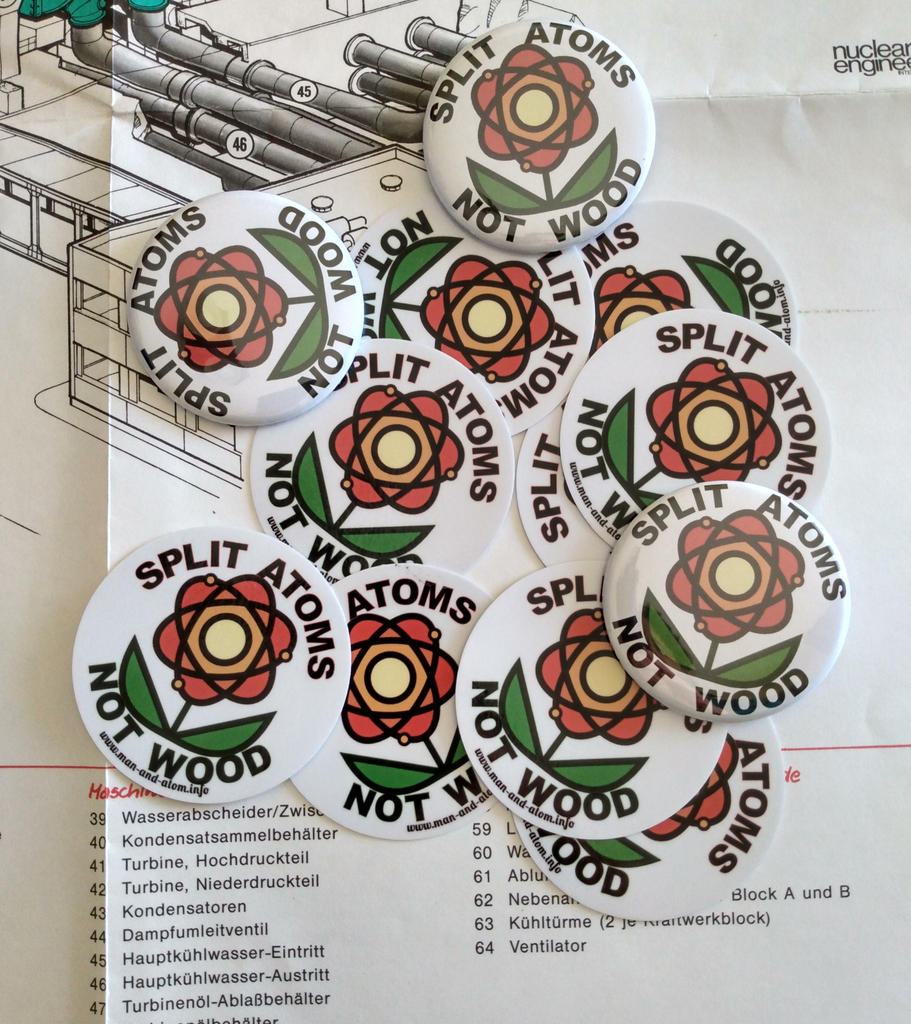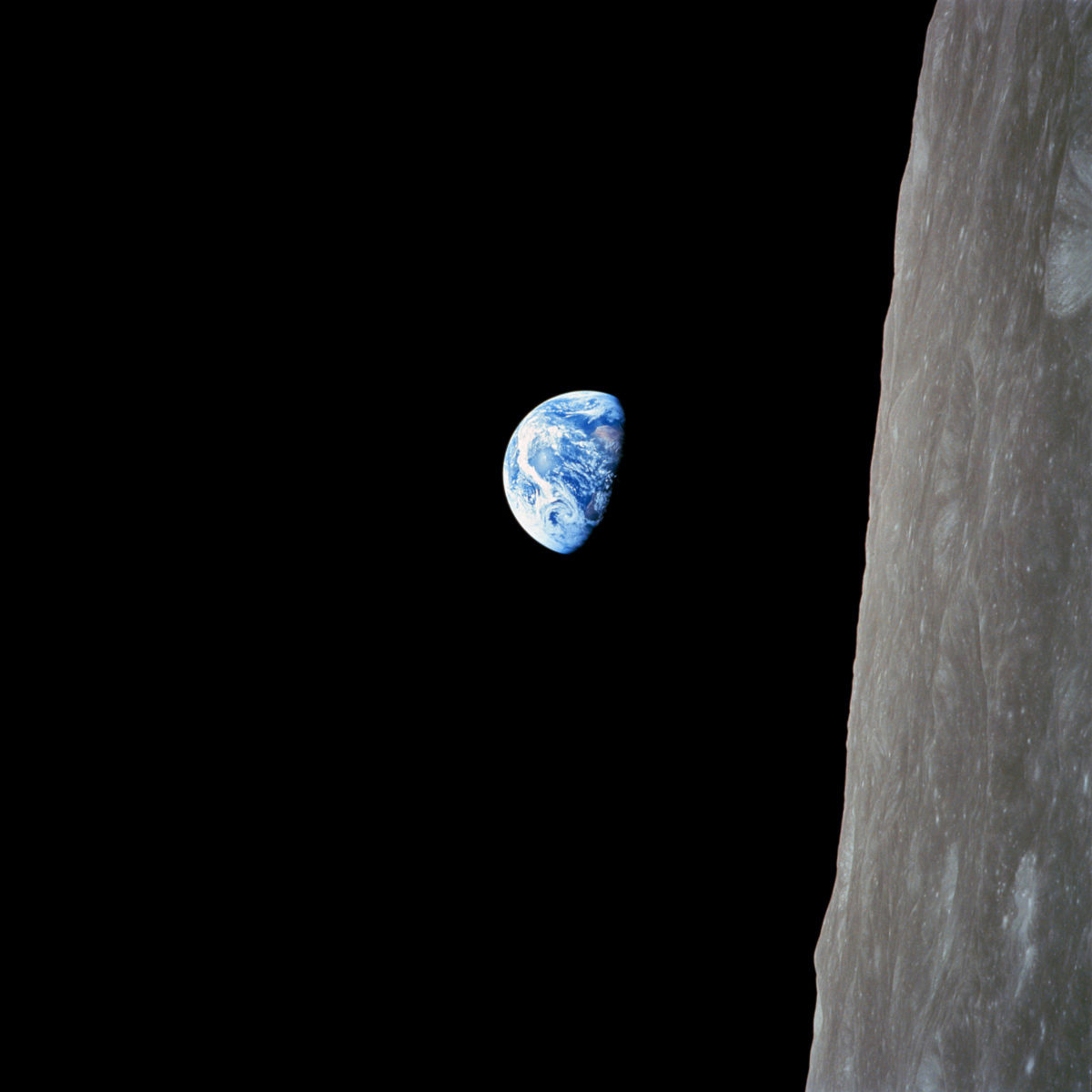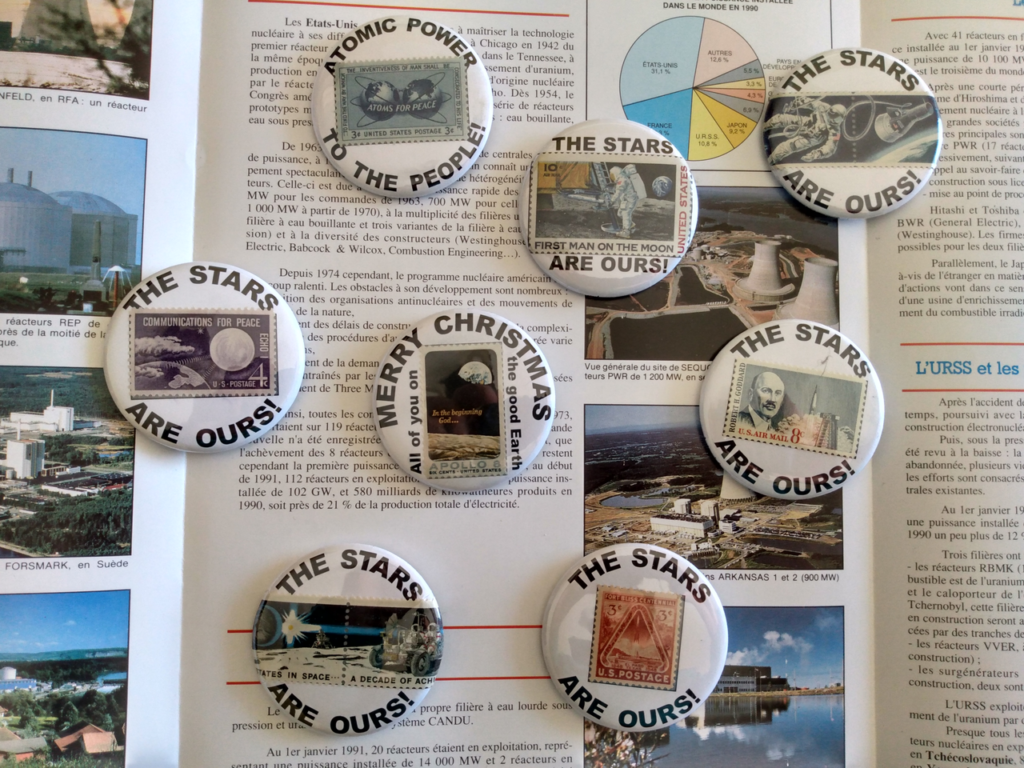In which I announce an Exciting New Initiative, although I’m not yet clear on how to pay for it, and consider non–existent remedies for non–existent maladies, and the question of whether you are really entitled to your own opinion, if you can’t be bothered to inform yourself about the topic. Also… yes, Virginia, reducing the human population of Earth to 2 billion by 2100 would in fact constitute genocide, even if you do it purely by limitation of births. Let’s spend more time on the happier business of the what and how of the Lunar Settlement, shall we?

Supplementary Shows
- 2023–01–24 Probably the last reading from Man and the Moon. In addition to the notes by Richardson, I read the whole of Where to Land on the Moon by Wilkins, and the first part of Man on the Moon ― The Exploration by Whipple and von Braun (from the famous 1952 Man Will Conquer Space Soon series of illustrated articles in Collier’s). The idea behind this has been to get a feel for the way people were thinking when serious work on space travel began.
- 2023–01–27 Interstellar Migration and the Human Experience (Finney and Jones, eds) is the proceedings of a conference held at Los Alamos in 1983. And a very interesting volume it is, too! I read the Table of Contents, Prologue, Introduction to Section I Resources : Human, Technological, and Cosmic, and the concluding summary to Solar System Industrialization : Implications for Interstellar Migrations by David Criswell.







